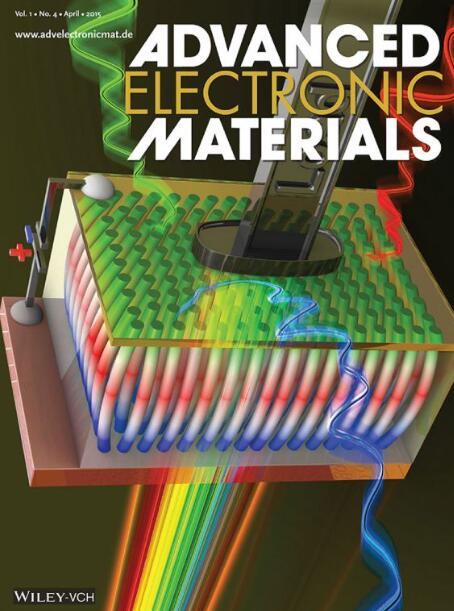植物电子纳米材料研究进展与展望
IF 5.3
2区 材料科学
Q2 MATERIALS SCIENCE, MULTIDISCIPLINARY
引用次数: 0
摘要
由于人口增长、气候变化和可耕地减少,全球粮食安全面临越来越大的挑战。为了满足日益增长的粮食需求,创新的解决方案至关重要。提高植物的光合作用和抗逆性是提高作物产量和减少对环境胁迫的脆弱性的一种有前途的策略。电子纳米材料已经成为解决这些问题的变革性技术。它们封装生物活性物质、绿色肥料和营养物质的能力,同时控制它们的释放,比化学肥料和传统植物育种等传统方法具有显著的优势。电子纳米材料可以以可持续的方式提高营养吸收、生物量生产、光合效率以及对生物和非生物胁迫的恢复能力。本文综述了金属、金属氧化物、金属有机骨架和碳基纳米材料在提高农业生产力中的作用。它还强调了微流体作为测试纳米材料和优化关键工厂工艺的补充技术。微流体可以建立运输模型,提高对植物区室的理解,并最大限度地减少副作用。通过将纳米技术与微流体等先进工具相结合,农业可以采用可持续的做法来应对粮食安全挑战。这种协同作用提高了作物的抗灾能力和生产力,为创新的农业解决方案铺平了道路。本文章由计算机程序翻译,如有差异,请以英文原文为准。

Electronic Nanomaterials for Plants: A Review on Current Advances and Future Prospects
Global food security faces increasing challenges due to population growth, climate change, and the loss of arable land. To meet the growing demand for food, innovative solutions are essential. Enhancing plant photosynthesis and stress tolerance represents a promising strategy to boost crop yields and reduce vulnerability to environmental stressors. Electronic nanomaterials have emerged as a transformative technology to address these issues. Their ability to encapsulate bioactive substances, green fertilizers, and nutrients, while controlling their release, offers significant advantages over traditional methods such as chemical fertilizers and conventional plant breeding. Electronic nanomaterials can enhance nutrient uptake, biomass production, photosynthetic efficiency, and resilience to biotic and abiotic stresses in a sustainable manner. This review explores the role of metals, metal oxides, metal-organic frameworks, and carbon-based nanomaterials in improving agricultural productivity. It also highlights microfluidics as a complementary technology for testing nanomaterials and optimizing key plant processes. Microfluidics can develop transport models, improve understanding of plant compartments, and minimize side effects. By integrating nanotechnology with advanced tools like microfluidics, agriculture can adopt sustainable practices to address food security challenges. This synergy fosters crop resilience and productivity, paving the way for innovative agricultural solutions.
求助全文
通过发布文献求助,成功后即可免费获取论文全文。
去求助
来源期刊

Advanced Electronic Materials
NANOSCIENCE & NANOTECHNOLOGYMATERIALS SCIE-MATERIALS SCIENCE, MULTIDISCIPLINARY
CiteScore
11.00
自引率
3.20%
发文量
433
期刊介绍:
Advanced Electronic Materials is an interdisciplinary forum for peer-reviewed, high-quality, high-impact research in the fields of materials science, physics, and engineering of electronic and magnetic materials. It includes research on physics and physical properties of electronic and magnetic materials, spintronics, electronics, device physics and engineering, micro- and nano-electromechanical systems, and organic electronics, in addition to fundamental research.
 求助内容:
求助内容: 应助结果提醒方式:
应助结果提醒方式:


